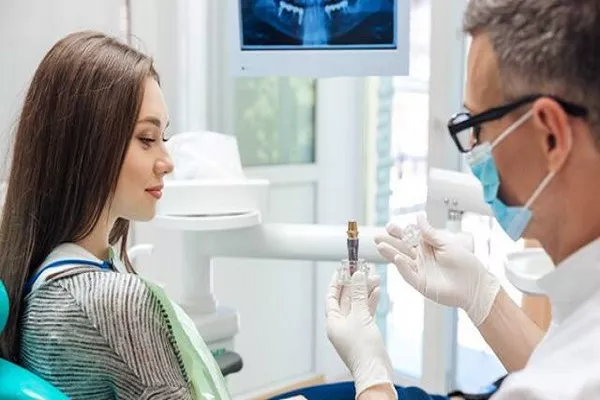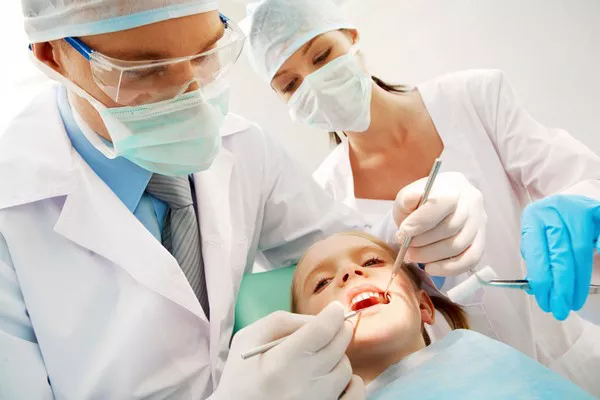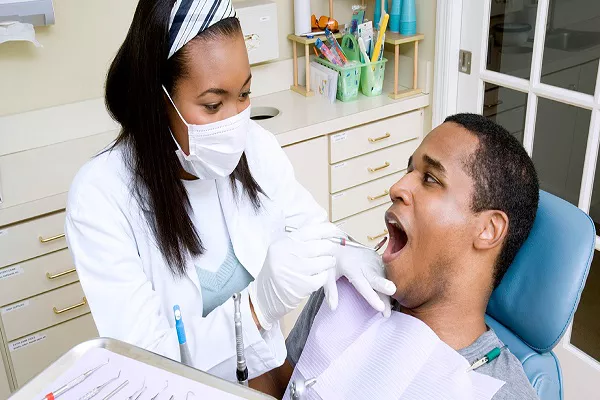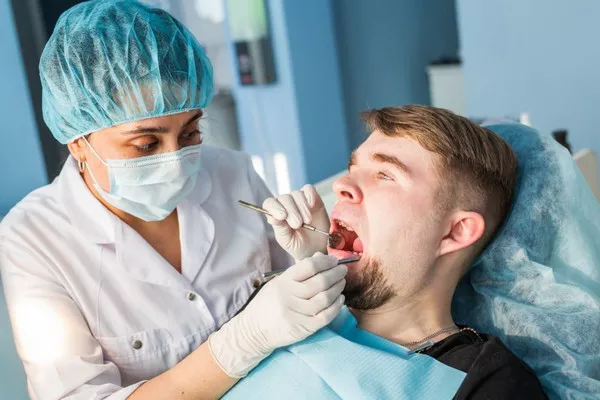As we journey through life, it’s not just our skin that shows the signs of aging; our teeth can also undergo changes that impact their appearance. One common concern many people face as they age is the yellowing of their teeth. But what exactly causes this phenomenon? In this comprehensive article, we will explore the various factors that contribute to the yellowing of teeth as we age. Understanding these causes can help us make informed decisions about maintaining our oral health and preserving our smiles.
The Natural Aging Process
Before we delve into the specific causes of teeth yellowing, it’s important to acknowledge that some degree of discoloration is a natural part of the aging process. Our teeth consist of multiple layers, including enamel, dentin, and pulp. Enamel, the outermost layer, is typically white and protects the inner layers. However, enamel can wear down over time due to normal wear and tear, exposing the dentin beneath, which is naturally yellowish. As enamel thins, teeth may appear more yellow, especially if other contributing factors are at play.
Now, let’s explore the various factors that can accelerate or exacerbate the yellowing of teeth as we age:
Diet and Nutrition
The foods and beverages we consume play a significant role in the color of our teeth. Dark-colored items like coffee, tea, red wine, and certain foods, such as berries and tomato sauce, contain pigments that can stain teeth over time. Additionally, highly acidic foods and drinks can erode enamel, making teeth appear yellower as the dentin layer becomes more visible.
Tobacco Use
Smoking and using tobacco products are well-known culprits when it comes to teeth discoloration. The chemicals in tobacco smoke not only stain teeth but also contribute to gum disease and reduce blood flow to the gums, making it more difficult for the body to repair and maintain healthy enamel.
Poor Oral Hygiene
Neglecting proper oral hygiene practices can lead to the accumulation of plaque and tartar on teeth. Plaque contains bacteria that produce acids, which can erode enamel and contribute to discoloration. Regular brushing, flossing, and professional dental cleanings are essential for maintaining enamel health and preventing teeth yellowing.
Medications
Certain medications, especially those with a high iron content, antihistamines, and antipsychotic drugs, can cause teeth staining as a side effect. If you suspect that a medication is contributing to teeth yellowing, consult your healthcare provider for alternative options or strategies to mitigate this effect.
Genetics
Genetics can influence the thickness and color of enamel, as well as the overall health of teeth. Some people may be genetically predisposed to have thinner enamel, which can make the yellow dentin layer more visible. Additionally, the natural shade of teeth varies among individuals due to genetics.
Dental Procedures
Certain dental procedures, such as root canals and fillings, can lead to changes in the color of a tooth over time.These alterations can contribute to an uneven or yellowed appearance in some cases.
Trauma
Physical trauma to teeth, such as injury or accidents, can cause internal bleeding and result in teeth appearing yellow or grayish. Traumatic injuries may also lead to the death of tooth pulp, which can affect tooth color.
Fluorosis
Excessive fluoride exposure during tooth development (usually in childhood) can lead to a condition called fluorosis. This condition can cause teeth to appear mottled or have a yellowish or brownish tint.
Grinding and Clenching
Bruxism, or teeth grinding and clenching, can wear down enamel over time. As enamel thins, the yellow dentin layer becomes more visible, leading to teeth appearing yellower.
Aging of Dental Materials
Dental materials like crowns, veneers, and fillings may not age at the same rate as natural teeth. Over time, these materials may show signs of wear, discoloration, or mismatched color compared to the natural teeth, which can affect the overall appearance of the smile.
Preventing and Managing Teeth Yellowing
While some degree of teeth yellowing is a natural part of aging, there are steps you can take to prevent or mitigate its effects:
Maintain Good Oral Hygiene: Regularly brush and floss your teeth, and visit your dentist for professional cleanings to remove plaque and tartar buildup.
Watch Your Diet: Limit the consumption of staining foods and drinks, and rinse your mouth with water after consuming them to minimize their effects on tooth color.
Quit Smoking and Tobacco Use: Quitting smoking and tobacco use not only improves your overall health but also helps prevent teeth discoloration.
Medication Review: If you suspect that medications are contributing to teeth staining, consult your healthcare provider to explore alternative options.
Consider Teeth Whitening: Professional teeth-whitening treatments provided by a dentist can effectively reduce teeth yellowing and restore a brighter smile.
Protect Teeth: Use a mouthguard if you grind your teeth at night to prevent enamel wear.
Cosmetic Dentistry: In cases of severe discoloration or other aesthetic concerns, cosmetic dentistry options like veneers or bonding can be explored.
Conclusion
As we age, it’s natural for our teeth to undergo changes that can lead to yellowing or discoloration. While some factors, like genetics and the natural thinning of enamel, are beyond our control, many other causes of teeth yellowing can be managed or prevented through good oral hygiene, lifestyle choices, and professional dental care. By understanding these factors and taking proactive steps to maintain oral health, you can enjoy a bright and confident smile throughout your life.
Related Topics:




























